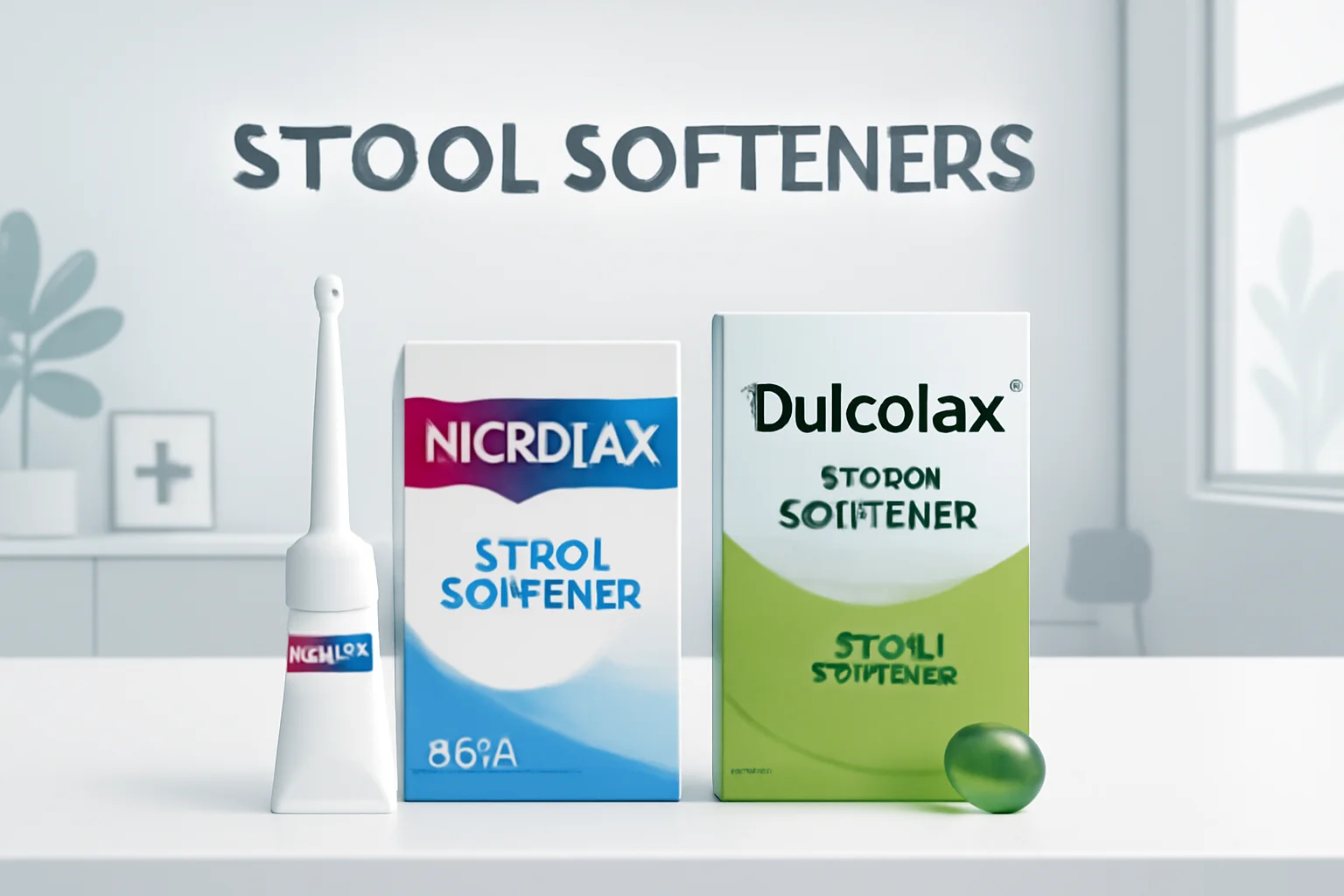
Microlax or Dulcolax: Which is the more effective laxative?
A modern lifestyle, the rush, and stress often contribute to poor nutrition and a sedentary lifestyle, which can ultimately lead to digestive problems. Constipation is one of the issues that complicate the lives of many people and often requires urgent attention for treatment. The health of the digestive system is crucial for our well-being, which is why many seek effective solutions for managing constipation. Two popular products available on the market are Microlax and Dulcolax.
These medications have different ingredients and mechanisms of action, making it important for users to understand how each product works and when it may be most effective. People often look for quick solutions when struggling with constipation, but being informed is essential for making the right choice. Below, we will take a closer look at the differences between Microlax and Dulcolax, their advantages and disadvantages, to assist in decision-making.
Microlax: Mechanism of Action and Application
Microlax is a locally acting laxative that is commonly used for constipation. Its main ingredient is sodium citrate, which helps to increase bowel transit and soften stool. The application of Microlax is relatively simple, as it comes in a small, convenient tube that is to be administered directly into the rectum.
The mechanism of action of Microlax lies in the fact that the introduction of sodium citrate enhances water retention in the intestine, thereby making the stool softer and easier to pass. The effect is usually felt within 5-15 minutes, providing a quick solution for urgent cases.
The advantage of Microlax is that it generally has fewer side effects than other laxatives, as its effect is local, thus having less impact on the balance of gut flora. Additionally, the use of the medication is recommended for both children and adults, providing a wide range of applications.
It is important to mention that Microlax is not suitable for long-term use. With regular use, the bowel may become accustomed to the product, which can exacerbate constipation if the medication is suddenly discontinued. Therefore, it is advisable to consult a doctor before use, especially if experiencing frequent constipation.
Dulcolax: Mechanism of Action and Application
Dulcolax is another popular laxative available in various forms, including tablets and suppositories. Its main active ingredient is bisacodyl, which stimulates bowel peristalsis by irritating the intestinal wall, thereby enhancing stool evacuation. The effect of Dulcolax usually occurs within 6-12 hours, making it not as quick as Microlax, but its effectiveness makes it a favorite for many.
Dulcolax is also available in tablet form, which provides a convenient solution for users. It is important to increase fluid intake before taking the medication, as this can enhance its effectiveness. Side effects of Dulcolax may include abdominal cramps, bloating, or nausea, so it is wise to monitor the body’s reactions.
The advantage of Dulcolax is that the product is suitable for longer-term use if recommended by a doctor. However, to maintain the balance of gut flora, it is advisable to pay attention to intake and, if possible, manage constipation naturally. The use of Dulcolax is also possible for children, but always under medical supervision.
To enhance the effectiveness of the medication, it is recommended to maintain a proper diet, consume fiber-rich foods, and engage in regular physical activity. Considering these factors, Dulcolax can help in the management of constipation.
Comparison: Microlax and Dulcolax
When comparing Microlax and Dulcolax, several aspects should be considered to help users determine which product best meets their needs.
One of the most important differences lies in their mechanisms of action. While Microlax is locally acting and can take effect within 15 minutes, Dulcolax works through irritation of the intestinal wall, which requires a longer time for the effect to manifest. Therefore, if someone needs an urgent solution, Microlax may be the more favorable choice.
In terms of side effects, Microlax generally causes fewer issues, as it acts locally, while Dulcolax may more frequently cause abdominal cramps and other digestive disturbances. However, Dulcolax can be considered for longer-term use if recommended by a doctor, while Microlax is more suitable for occasional use.
It is also important to consider the method of use. The application of Microlax into the rectum is convenient, while the tablet form of Dulcolax may be more practical for those who do not prefer local application.
When making a decision, it is advisable to consult a doctor, as the most suitable solution may vary depending on individual health conditions and lifestyle.
**Warning:** The information in this article does not substitute for medical advice. Always consult your doctor for health issues!

